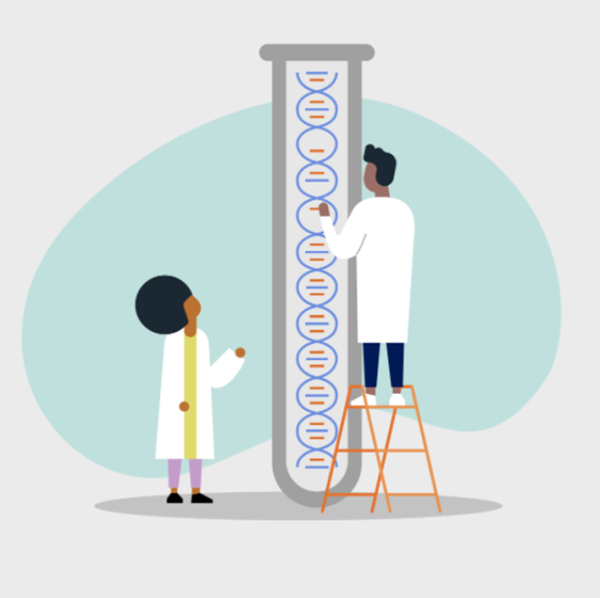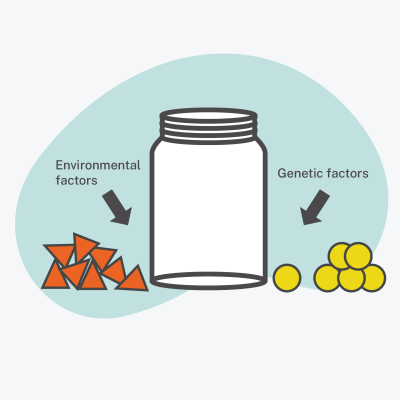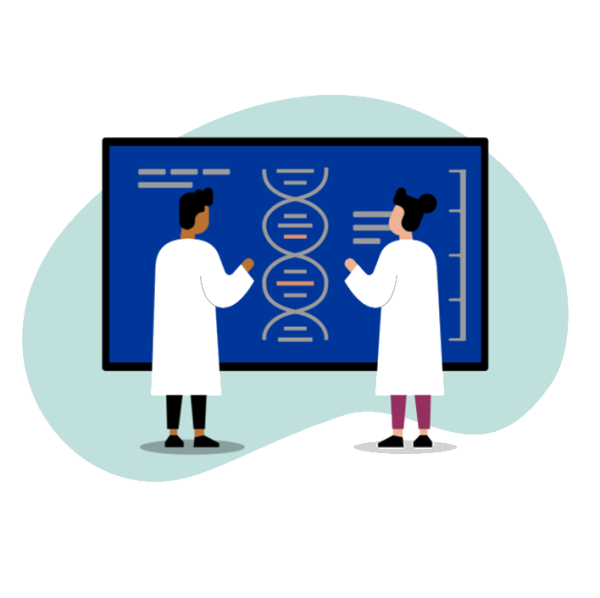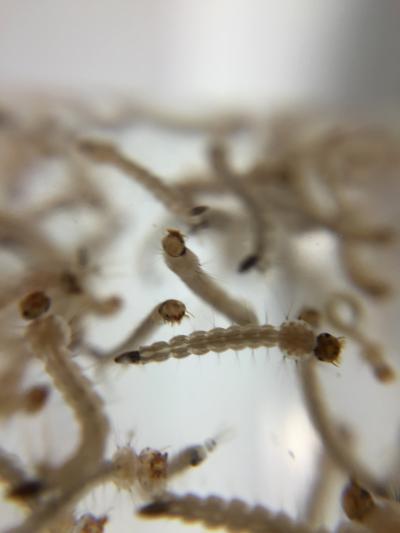Products
Through the services we offer the research community, we now have a range of software applications that advance biomedical discovery for NIAID researchers and collaborators.
METAGENOTE
METAGENOTE offers a quick and intuitive way to annotate data from genomics studies. Many researchers find it cumbersome to create and use the standard templates for annotation, fill in the required minimum metadata annotation, and submit metadata along with associated raw sequencing files to the Sequence Read Archive (SRA) using the recommended transfer protocols. We developed METAGENOTE to give researchers a better way to annotate samples and submit to SRA by streamlining sample metadata annotation and using existing ontologies and standards.
*METAGENOTE will be retired on May 1, 2025. After this date, you will no longer have access to the application or your data through the interface. Following its retirement, the METAGENOTE code, documentation, and more information will be available at https://github.com/niaid/metagenote.
Nephele
Nephele is a microbiome analysis engine which brings together microbiome data and analysis tools in a cloud computing environment. Researchers across life and clinical science disciplines are exploring the impact of microbes and microbial community dynamics. However, they often lack the resources or skills to analyze data in the context of multi-dimensional databases associated with metagenomic analysis. We developed Nephele with a friendly web front to powerful pipelines that streamlines data uploads, analysis, and visualization of these datasets.
NIH 3D
NIH 3D is an open, community-driven portal for bioscientific and medical 3D models. While a number of online resources for 3D prints exist, we saw a lack of scientific models and expertise required to generate and validate those models. We designed NIH 3D to fill that gap by providing novel, web-based tools to empower users to create bioscientific and medical 3D models.
Papillomavirus Episteme (PaVE)
Papillomavirus Episteme (PaVE) is a web application to search, analyze, and explore highly organized and curated papillomavirus genomes. We developed this relational database to provide researchers an integrated resource for analyzing papillomavirus genome sequences.
Pathogens in Augmented Reality (PathogenAR)
Our research and others' work has shown the potential to dramatically change biomedical research, education, and clinical practice through augmented reality (AR). That’s why we developed Pathogens in Augmented Reality (PathogenAR), an augmented reality app that allows users to explore interactive stories about pathogens and pathogenic disease. PathogenAR uses image-tracking-based interactivity to share structural and functional features of biomolecules and viruses.
Simple Insight Toolkit (SimpleITK)
The Simple Insight Toolkit (SimpleITK) platform allows researchers to load, process, and analyze images using the programming language they are most familiar with, including C++, Python, R, and more. This provides researchers more accurate and precise image analysis without spending time and resources diving into complex workflow development.
Tuberculosis Portals (TB Portals)
Tuberculosis Portals (TB Portals) is an open, web-based platform to view and analyze clinical, bacterial genomic, and medical imaging data from TB patient cases. While TB—particularly drug-resistant TB—is a rising global health threat, data sources were siloed and lacked patient case information. We developed TB Portals to harmonize data from international collaborators and openly share them.
Technologies
- Python
- Javascript/Typescript
- Postgres
Publications
Clinical exome sequencing of 1000 families with complex immune phenotypes: Toward comprehensive genomic evaluations. J Allergy Clin Immunol. 2022 Oct;150(4):947-954. doi: 10.1016/j.jaci.2022.06.009. Epub 2022 Jun 24.
Anatomical structures, cell types and biomarkers of the Human Reference Atlas. Nat Cell Biol. 2021 Nov;23(11):1117-1128. doi: 10.1038/s41556-021-00788-6. Epub 2021 Nov 8. https://doi.org/10.1101/2021.09.24.21263853
Nephele: a cloud platform for simplified, standardized and reproducible microbiome data analysis. Bioinformatics. 2018 Apr 15;34(8):1411-1413. doi: 10.1093/bioinformatics/btx617.
The Papillomavirus Episteme: a major update to the papillomavirus sequence database. Nucleic Acids Res. 2017 Jan 4;45(D1):D499-D506. doi: 10.1093/nar/gkw879. Epub 2016 Oct 5.
Our Team
Read about our development team, their individual backgrounds, and projects they work on.













